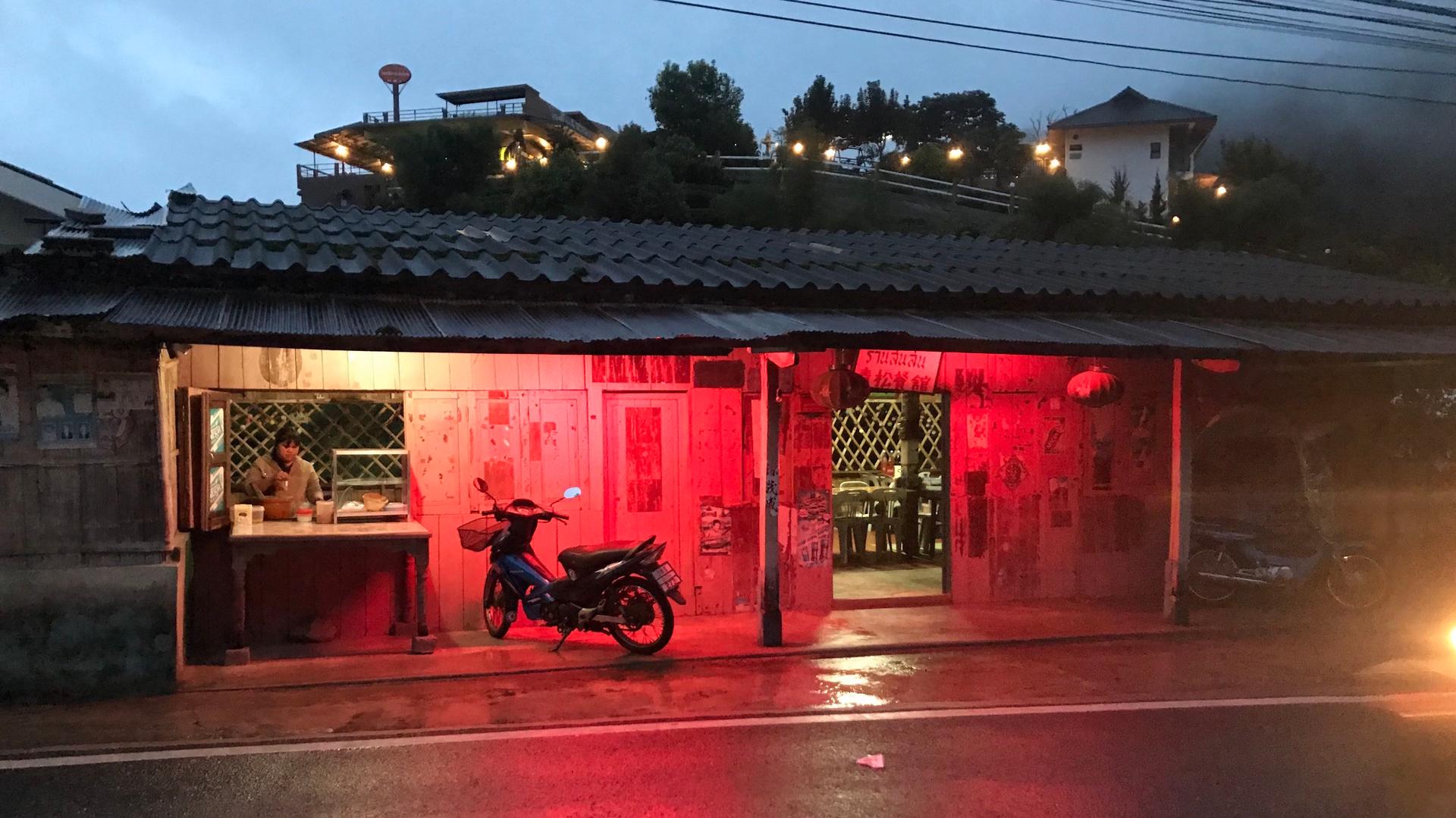They were CIA-backed Chinese rebels. Now you’re invited to their once-secret hideaway.
Oct. 1 will mark 70 years since Chairman Mao Zedong declared victory over his anti-communist enemies and founded the modern Chinese nation.
His rivals, a US-backed army known as the Kuomintang (KMT), mostly fled seaward. They landed in Taiwan, where their successors still run the island republic — or in Beijing’s view, a renegade province. Others escaped to Hong Kong.
Related: A US-style drug war brings a terrible cost: Thai prisons packed full of women
But there was also an exodus in the opposite direction. Fighters who couldn’t reach the coast had to scramble over western mountains into the jungles of Myanmar, then called Burma.
Their journey, though often forgotten, was no less dramatic. The long saga that ensued — involving secret weapons shipments and opium caravans — is covered in CIA fingerprints. And its aftereffects still ripple into the 21st century.
Take it from Somboon Iamwittayakul, now 66 years old. The former guerrilla’s home, painted canary yellow, clings to a mountaintop along the Thai-Myanmar border. Today, it looks down into a misty valley studded with tea shrubs. But when he first arrived, it was a more barren place, patrolled by boar and bears.
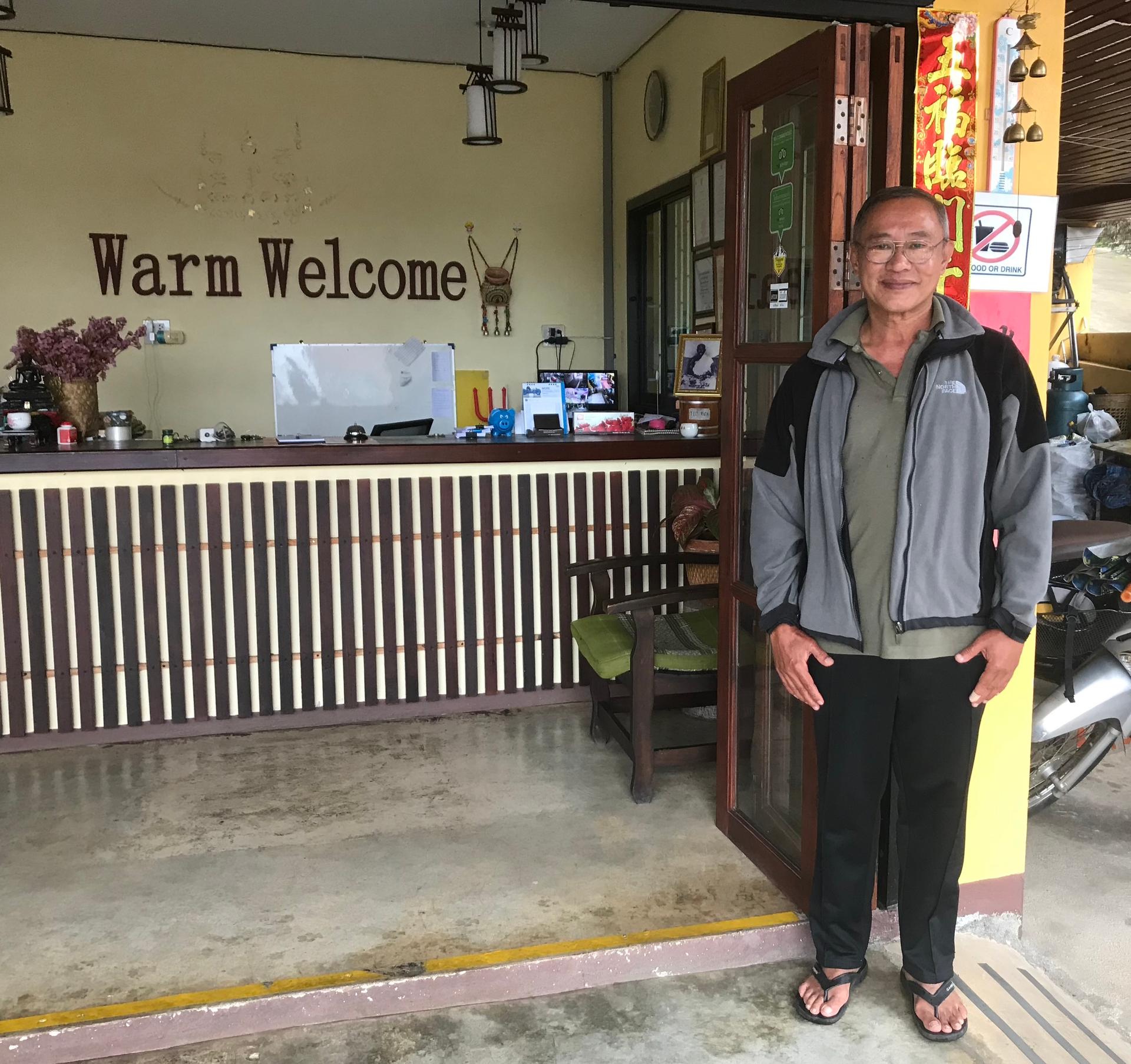
As a young man in the early 1970s, Somboon would witness an extraordinary sight here: 800 or so horses, loaded down with bricks of opium, marching over the ridge in a long, crooked line.
Though he didn’t know it at the time, he was watching a dark version of globalization in action.
Here was a caravan guarded by Chinese rebels, armed with American machine guns, bringing Burmese-grown drugs to traffickers in Thailand. Once synthesized to heroin, the drugs would be shipped to the streets of Hong Kong and New York.
Related: Myanmar: Invest here, please. Don’t mind the insurgents.
“Not one or two horses — 800!” he said. “The first horse in line would come over the border at around 10 a.m. And the horses would keep coming until after dark.”
Somboon’s village, called Mae Salong, sits just inside Thailand. On sunny days, when the sun bakes away the valley fog, the hills of Myanmar are almost visible on the horizon. Keep pushing north, another 100 miles or so, and you’ll hit Yunnan, a province in Southwest China.
That’s where most of the village’s inhabitants trace their origins. A scant few living here — now quite elderly — were children when Mao’s communist army stormed their home provinces, crusading to create a China devoid of religion and personal wealth. Their parents were among those who resisted.
“We don’t bend the knee so easily,” said Danita Tantivanit, 35, granddaughter of an iconic KMT commander. He was Gen. Tuan Shi-wen, known for leading troops in a decadeslong struggle against the communists.
“Only to the sky and the earth, only to our mothers or fathers or teachers, will we bend the knee.”
“That’s one of our sayings, actually,” Danita said. “Only to the sky and the earth, only to our mothers or fathers or teachers, will we bend the knee.”
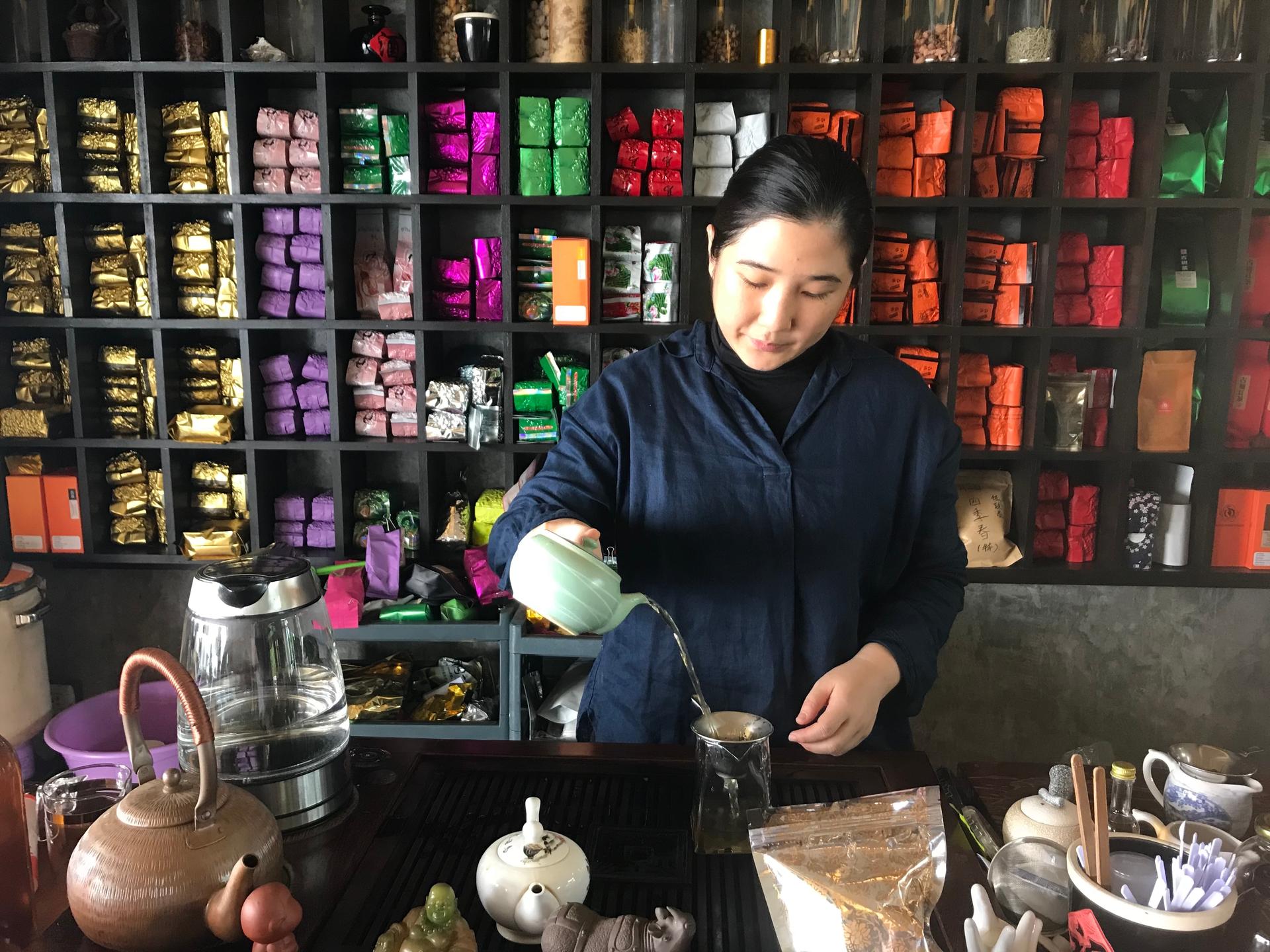
Refusing to bend, their ranks were broken. Stranded more than 1,000 miles from the main escape route to Taiwan, they scrambled into the Burmese jungles. Somboon, son of another high-ranking KMT leader, was born there in the early 1950s — in a makeshift bunker.
In Burma, thousands of KMT fighters scraped by in malarial forests, many wounded and starving. But they were also scrappy, Somboon says, and already inured to hardship in China’s arid southwest.
“Give us a pig,” he said, “and we can use every bit of it. Salt it, pepper it, spice it, hang it up and preserve it. Back then in China, you might only get one pig in a year so we knew how to stretch our food and make it count.”
Related: Fearful of losing power, Thailand’s army opts for democracy lite
Their tradition of pickling and preserving greens also came in handy. The guerrillas could make a meal out of anything, he says. Even a rock-hard stalk of bamboo jutting from the forest floor. “We always had enough to keep going. And when we didn’t,” he said, “we’d tax the nearby villages, telling them to supply sacks of rice.”
But what this wayward KMT division really desired did not grow from the soil.
Leaders such as Gen. Tuan were hell-bent on crossing back over those mountains and dislodging Mao’s troops. For that, they would need brand new machine guns and crates full of ammo.
Enter the CIA.
The United States hatched a secret plan to arm and supply these so-called “lost” KMT divisions so they could eventually return and crush the Maoists — or at least stop communism from spilling into countries nearby.
In a Burmese area called Mong Hsat, American agents laid down a runway. “These unmarked planes would land,” Somboon said. “It’s not like they stuck a sign on the side that said USA. But they were sent by the Americans and [our allies] in Taiwan.”
“They’d offload boxes of guns. Lots of bullets. My father would always tell everyone, ‘If you ever see any guys with pink faces and green eyes around here, lend them a hand. They’re probably here to help us.’”
“They’d offload boxes of guns. Lots of bullets,” he said. “My father would always tell everyone, ‘If you ever see any guys with pink faces and green eyes around here, lend them a hand. They’re probably here to help us.’”
Related: Thailand approves medical pot in small step away from US-backed drug war
“I’d say there’s a 50/50 chance that, without the American help, we would not have survived,” Somboon said. But with US backing, the rebel fighters were able to expand their territory. During the 1950s, they effectively took over and governed a huge swath of Myanmar running between Thailand and China.
Without telling the American public, the US had become a logistical wing of this jungle-dwelling army — not only flying in .50-caliber machine guns, but erecting radio towers in every zone the KMT conquered.
American weaponry and technology, however, weren’t their only sources of power. “I’m going to shoot you straight, OK? No secrets,” Somboon said. “We also turned towards the opium trade.”
There are few places more infamous in Southeast Asia than the so-called Golden Triangle — a swath of rugged hills, abutting China, that run through Thailand, Burma and Laos. The phrase conjures images of militants with mud-spattered rifles and sticky, brown hunks of opium — the raw ingredient needed to make heroin.
For the latter half of the 20th century, most of the world’s heroin was churned out of the Golden Triangle. That changed in the early 2000s when yet another American intervention warped the global drug trade.
When America invaded Afghanistan, CIA-backed warlords ramped up poppy growth to fund their battles. The Taliban, which had been banning poppy growth, had to reverse course and chase opium profits to keep up with their enemies. The net effect: Afghanistan’s poppy production soared.
But that wasn’t the first time the CIA had propped up opium-rich militias, setting off all sorts of unforeseen consequences.
Related: Thailand is betting big on cannabis. Visit its first legal lab.
Back in the 1950s, when the US was secretly fortifying the KMT, the rebels were also busy setting up the arteries and networks that sustain the Golden Triangle drug trade to this day. (The area remains a narcotics stronghold, though its traffickers are now largely devoted to methamphetamine, a drug powering an estimated $30 billion to $60 billion trade.)
KMT commanders came to dominate the opium business in Myanmar, according to Alfred W. McCoy, a professor whose book “The Politics of Heroin” is widely credited with exposing CIA complicity in the Asian drug trade.
It didn’t hurt that they had new American weapons to guard those long caravans of horses. They also benefited, McCoy writes, from American-built radio towers, which were used to keep tabs on crop production, negotiate routes and warn of bandits.
Within the KMT, the justification for relying on opium was encapsulated by Gen. Tuan, the KMT commander, who said in the mid-1960s: “Necessity knows no law. That is why we deal with opium. We have to continue to fight the evil of communism. To fight, you must have an army. An army must have guns. To buy guns, you must have money. And in these mountains? The only money is opium.”
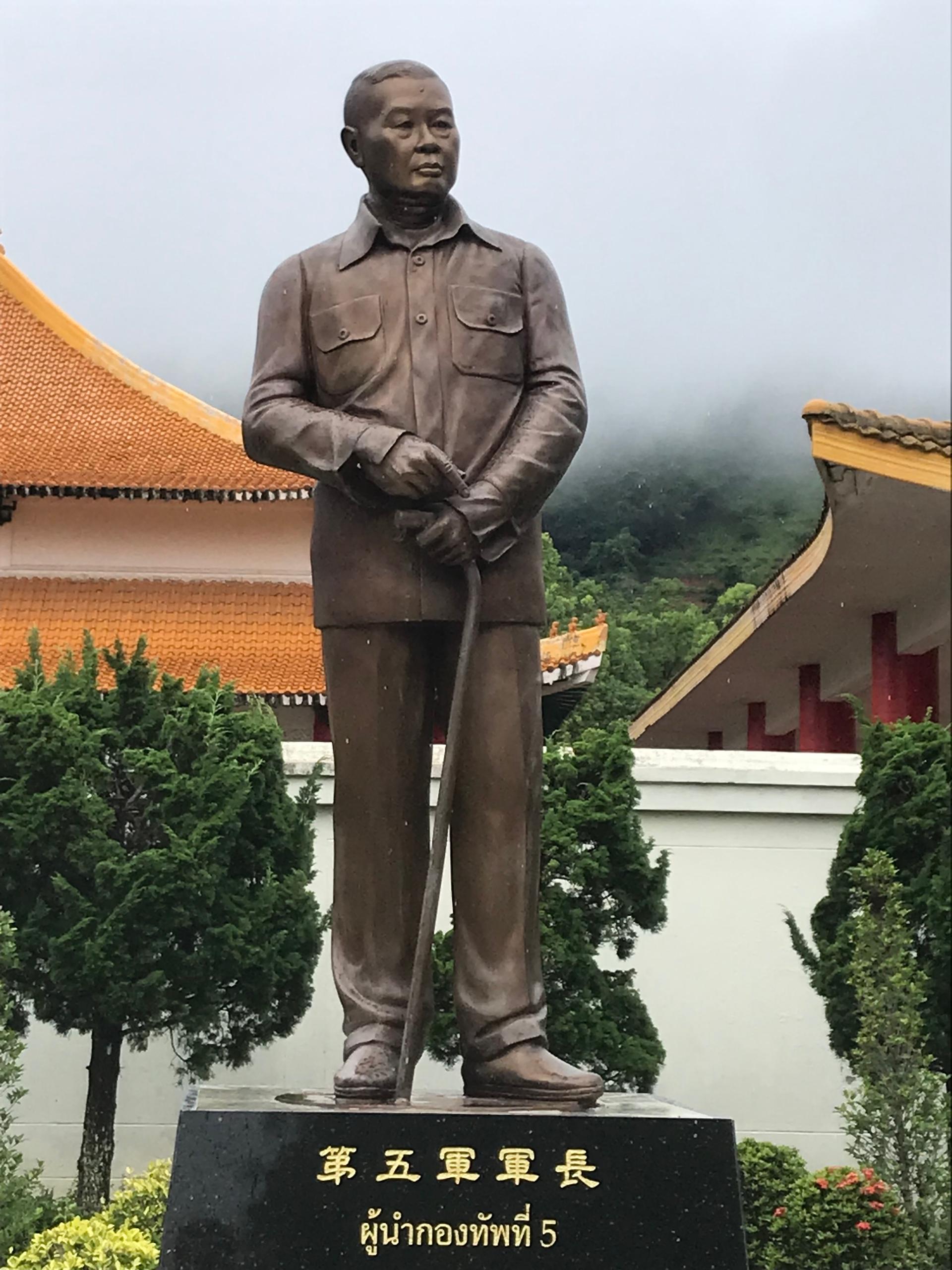
However, neither Myanmar nor China was thrilled to see a US-backed, opium-funded force growing so powerful.
Myanmar was watching the KMT conquer big chunks of its national territory. China was frustrated that the KMT kept sending forces back over the mountains to strike at its troops (albeit without much success.)
Myanmar cried foul to the newly created United Nations, coercing the US to fly thousands of KMT fighters out of the jungles and over to Taiwan. Then came a series of Burmese bombing runs supported by Maoist China, which ground down the KMT further.
By the early 1960s, the KMT had been purged from its bases in Myanmar and forced to hide out on several mountaintops in Thailand.
In 1961, Gen. Tuan led his weary band of KMT troops and families — including Somboon — to that scraggly hillside. They were settling into their third country in a little more than a decade. “There were 2,700 fighters and 16 families,” Somboon said. “And so many bears. I even remember a tiger running into our settlement at night.”
Soon enough, the drug trade followed. From Thailand, McCoy writes, its commanders remained “overlords of one of Southeast Asia’s major agro-businesses.”
By the early 1970s, according to a declassified CIA report, Mae Salong was home to one of the “most important” heroin refineries in Asia. Another CIA report compared KMT forces in Thailand to “Chinese warlords” and says that they were “heavily involved in opium trafficking and narcotics refining.”
But the former KMT fighters present a less-harsh characterization.
“Tuan actually gave special orders to the troops: Provide security for the caravans, but don’t trade opium yourself.” The KMT, he says, were stuck on the less-profitable end of the opium supply chain. The big money, he says, got swallowed up by traffickers in Hong Kong and America.
“We just brought in enough money to get by,” Somboon said. “Enough for a daily meal of rice with a bit of vegetables.” Soldiers had little to eat, he says, and had to wear the same patched-up uniforms for years on end.
“Some of the traders around here were pissed. But Tuan told them straight up: ‘Do your business elsewhere. Don’t bring it here or we’ll have to shoot you.’”
By the time the 1980s rolled along, the KMT forces received an ultimatum from the Thai government: Stay if you like. But you’ve got to dial down your drug business. “Some of the traders around here were pissed,” Somboon said. “But Tuan told them straight up: ‘Do your business elsewhere. Don’t bring it here or we’ll have to shoot you.’”
At this point, Mao was dead. The opium trade was being taken over by a new set of warlords based in Burma. The CIA and the Taiwanese had cut off support — and the dream of retaking China seemed absurd.
These battle-scarred Chinese fighters had come to a crossroads. What to do next? Since they’d run such a successful “agro-business” for decades, the Thai government encouraged them to focus on a different crop: tea.
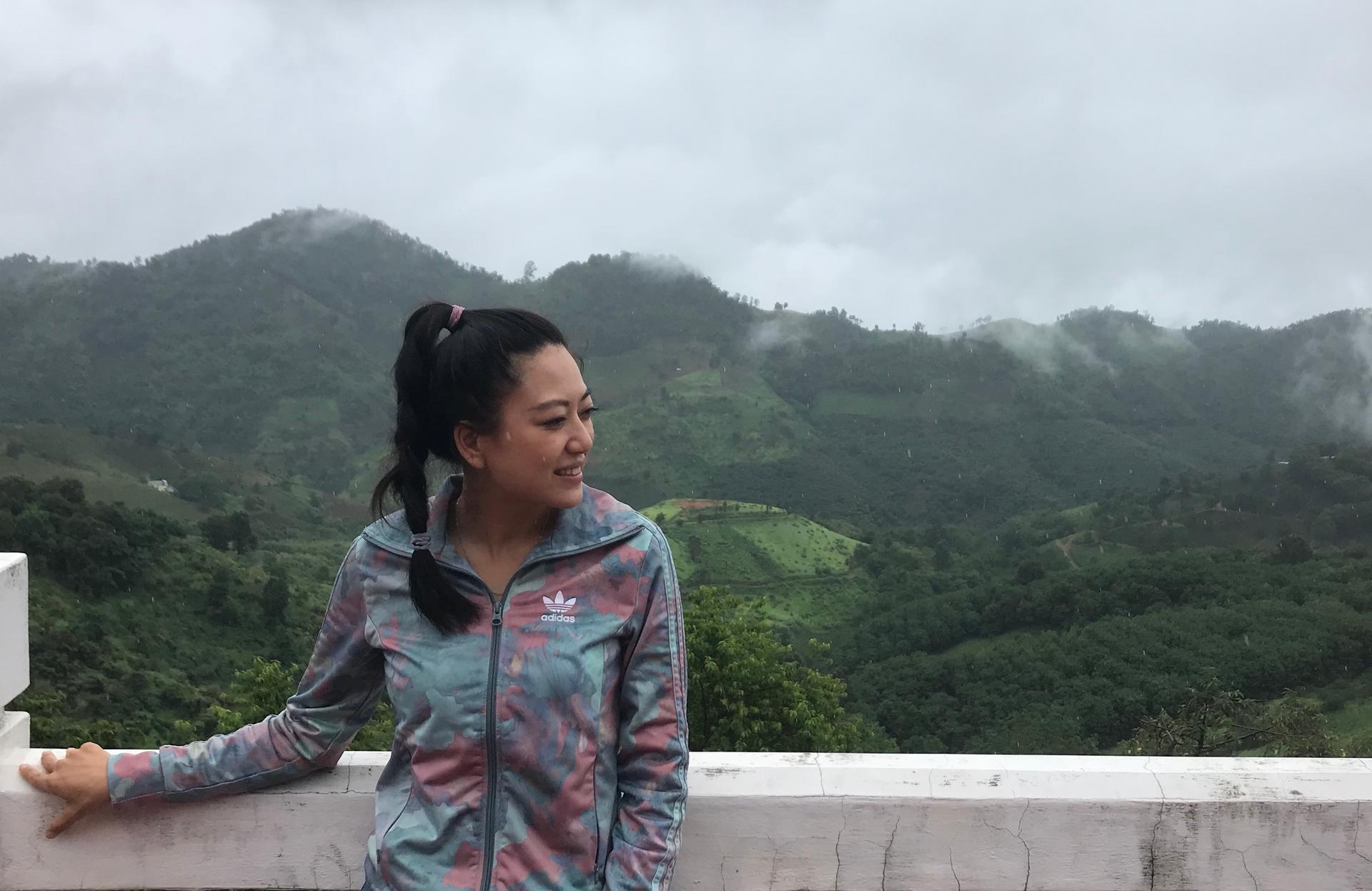
Most of the millennials raised in Mae Salong have left the mountaintop.
Brought up by Chinese parents, and forced to take Chinese language lessons every afternoon as kids, their excellent command of Chinese sets them apart. They now belong to Thailand, a country that, like so many countries in Asia and beyond, is flush with investors from the People’s Republic of China.
The nation their grandparents struggled to destroy is now the region’s prime economic superpower. And in Thailand’s cities, their skills are in demand.
Those who remain, though, have a unique vision for their hometown. They look out their front doors and take in that verdant valley, lush with tea plants, which are now the town’s primary crop. They see a once-forbidden place that, these days, is sort of accidentally hip.
And they wonder why more people don’t come.
“Really, it’s so hip! This is a magical place. It’s steeped in world history. You’ve got the whole Golden Triangle vibe, the opium and heroin thing … a former danger zone that we’ve transformed into an open, welcoming place.”
“Really, it’s so hip! This is a magical place,” Danita said. “It’s steeped in world history. You’ve got the whole Golden Triangle vibe, the opium and heroin thing … a former danger zone that we’ve transformed into an open, welcoming place.”
Mae Salong is perfectly safe and has received a trickle of tourists for years. (Danita herself manages a hotel, called Baan Hom Muen Li, situated on a tea plantation.) But the village has a certain chic, suited for the 21st-century tourist, which does seem to be overlooked.
Golden Triangle edgy-cool factor? Check.
Instagrammable mountain views? Check.
A new culinary experience for roving foodie hipsters? Big check.
The village is home to a unique microcuisine: southwestern Chinese food, flecked with Thai spices, which is informed by cooking methods perfected during the KMT’s years on the run.
Think preserved stuff. Thick ropes of sausage. Pickled veggies. And dishes the rebels could have only dreamed of back on the battlefield: silky ribbons of pork, layered on a bed of sour greens, accented with oolong tea leaves. (In Mae Salong, tea often makes its way into the cooking.)
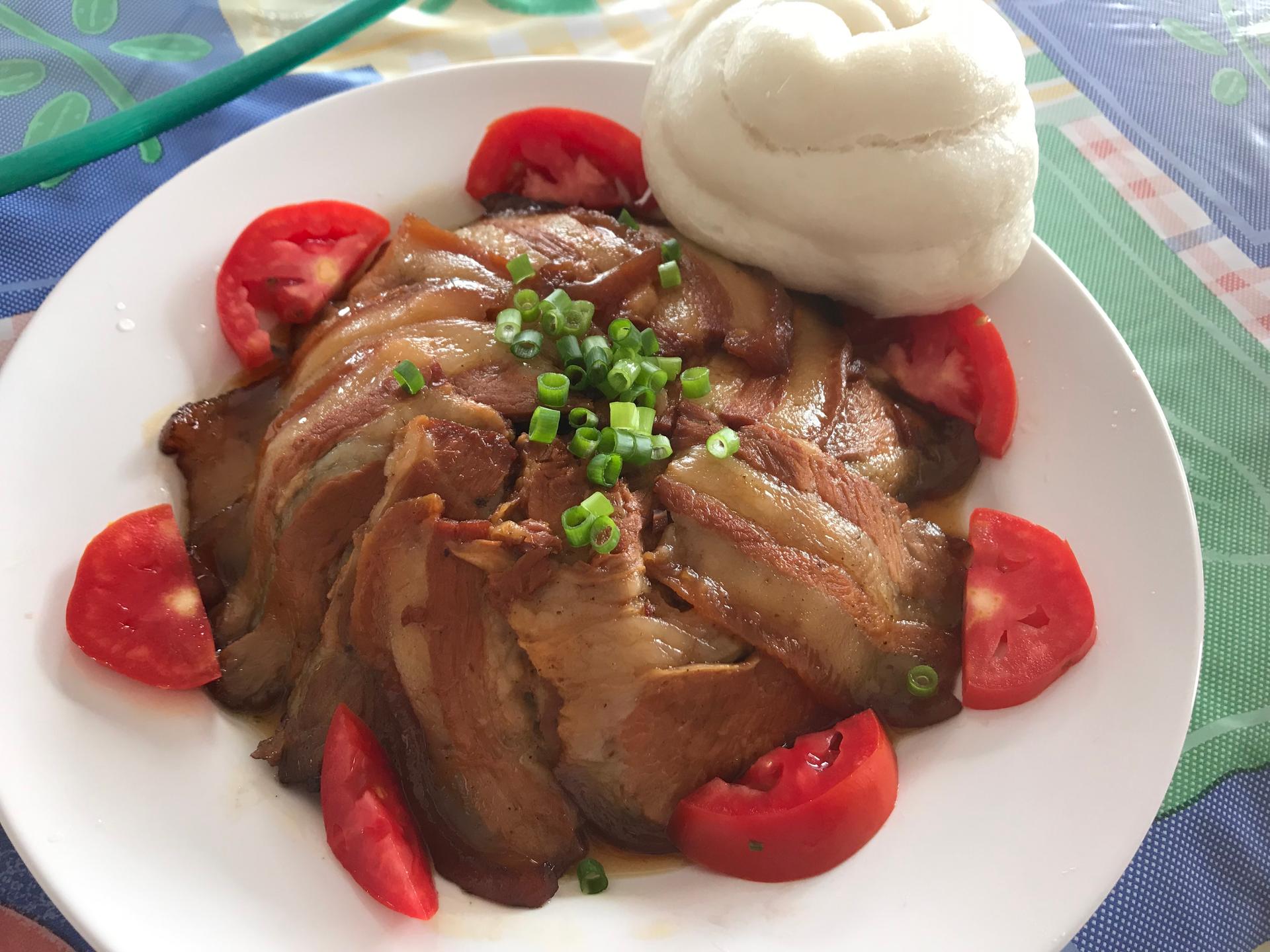
You might even find someone frying up old-school, rebel comfort food — such as a stubby bamboo root, sizzling in a wok. It looks tough to eat, but with the right amount of oil and garlic, the root softens and tastes pleasantly tender when ladled atop rice.
Down the street from Danita’s farm-turned-hotel, there’s a similar operation called Wang Put Tan where another Mae Salong millennial — 31-year-old Yuphin Cheewinkulthong — is perfecting the art of pairing food with tea.
“Like a tea sommelier! We grow black tea, green tea, oolong tea, white tea … and it’s important to match the right tea with the right meal.”
“Like a tea sommelier!” she said. “We grow black tea, green tea, oolong tea, white tea … and it’s important to match the right tea with the right meal.” Strong-tasting oolong tea, she says, pairs nicely with oily dishes.
This is the generation spared from the tribulations of communist platoons, drug caravans and liaising with American agents. By the time they were born, the tigers were long gone and only the war stories remained.
The man who led their families here, Gen. Tuan, remains a hero in this village. His body is enshrined in a stone coffin, sitting in an open-air mausoleum that overlooks the valley. He died in 1980, several years before Danita was born. When she imagines what her grandfather would make of his people today, tears moisten her eyes.
“We were once so poor. This place had no cement. Every house made of bamboo and straw. Kids with no shoes,” she said. “For grandfather, seeing it today, he would see something so far from what he ever imagined.”
Mae Salong is threaded by a skinny lane, curling up the mountain like a long serpent. Uphill from Danita’s plantation, there’s a canary-yellow building. A gray-haired man is often sitting out front — a grandfatherly type in a North Face jacket who, at first glance, seems way too smiley for a former anti-communist guerrilla.
That’s Somboon. He’s also joined the tourism business, helping manage a guesthouse called Little Home.
“Everyone is welcome here,” he said, even visitors from the People’s Republic of China. “I don’t care for the government there. But people from China are welcome here, as long as they speak softly, smile and have manners. After all, we’re brothers and sisters.”
Our coverage reaches millions each week, but only a small fraction of listeners contribute to sustain our program. We still need 224 more people to donate $100 or $10/monthly to unlock our $67,000 match. Will you help us get there today?
